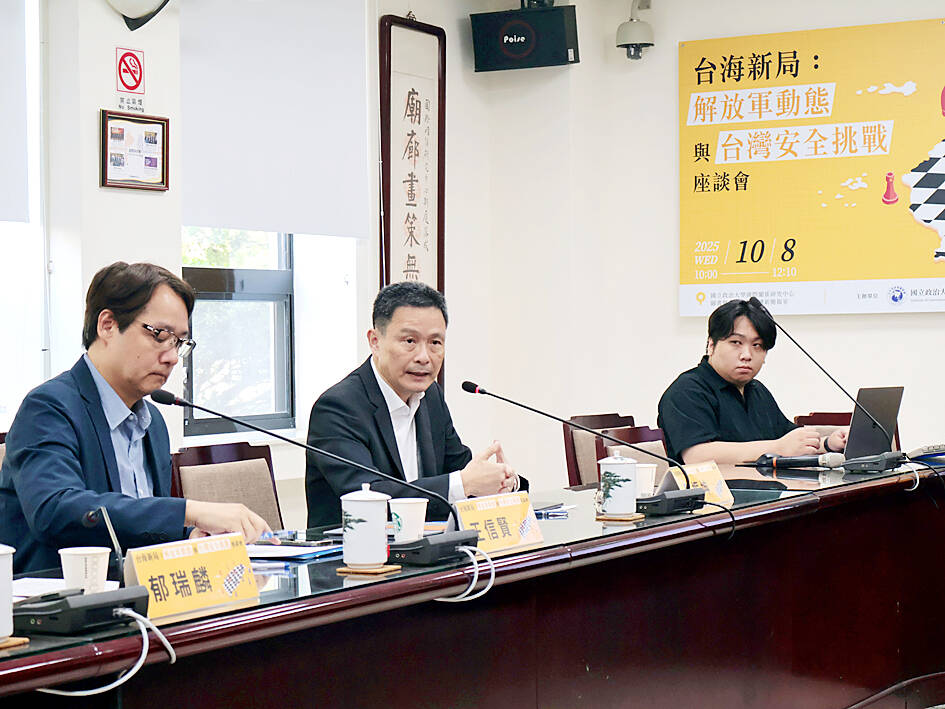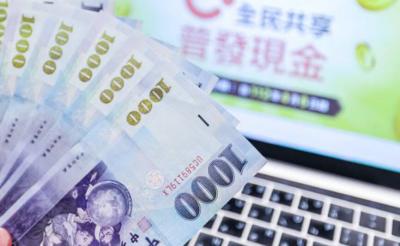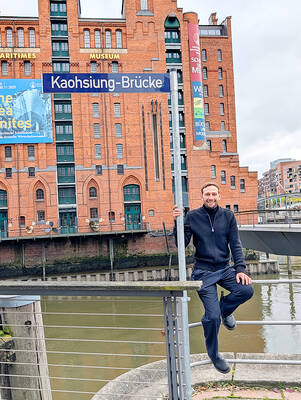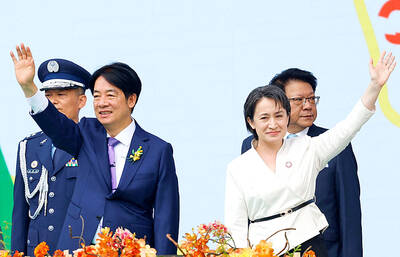Taiwanese military experts yesterday discussed recent moves by the Chinese People’s Liberation Army (PLA), including increased bomber activity in the Taiwan Strait and fewer aircraft operating east of Taiwan, saying Taiwan needs to be better prepared for precision strikes and aircraft carrier operations.
Once the PLA’s bomber-centric operations capability has matured, it would be able to carry out “one-off, controlled, surgical” strikes on specific targets in Taiwan without harming civilians, said Ma Chen-kun (馬振坤), a professor at National Defense University’s Graduate Institute of China Military Affairs Studies.
Speaking at a Taipei seminar hosted by National Chengchi University’s Institute of International Relations on PLA movements and their implications for Taiwan’s security, Ma made the remarks after noting a recent increase in PLA H-6 bomber activity in the Taiwan Strait.

Photo: CNA
The medium to long-range strike bomber was spotted in the Taiwan Strait on as many as 14 days last month, he said.
“In the past, H-6 bombers typically appeared in Taiwan’s southwestern airspace, then transited the Bashi Channel [a waterway between Taiwan and the Philippines], as their intended targets were Guam or US naval vessels in the Western Pacific,” Ma said, indicating a shift in approach since last month.
The H-6 series bombers can carry not only standard munitions, but also supersonic and even hypersonic land-attack missiles, as well as anti-ship missiles, Ma said.
It could thus conduct a one-off precision strike against Taiwan’s west coast, especially in the center of Taipei, without harming civilians, Ma said.
As for the rationale for the PLA to conduct precision strikes, Ma said the primary objectives are to minimize the strike footprint and bring the conflict to a quick end.
“Based on all publicly available information, we can infer that, on the political front, [Chinese President] Xi Jinping (習近平) currently has no intention of using military means to resolve the Taiwan issue,” Ma said, referring to Beijing’s long-stated aim of achieving unification with Taiwan.
“However, clues from various aspects of military preparations suggest he [referring to Xi] does believe it may be necessary to take military action when required, to deter what Beijing calls ‘Taiwan independence’ separatist activities,” Ma added.
The military expert said a similar precision strike occurred on Sept. 9, when Israel carried out a targeted attack in Doha, Qatar, aimed at senior political leaders of Hamas involved in negotiations for a ceasefire in Gaza, resulting in six deaths and at least four injuries.
Ma said the administration of US President Donald Trump, in response to Israel’s strike in Qatar — both diplomatic allies of the US — confined itself to reaffirming Washington’s commitment to Qatar’s security, without taking any further action.
If China were to conduct a one-off strike against Taiwan similar to Israel’s strike in Qatar with no follow-up military action, “how we should respond with military countermeasures becomes a key question,” Ma said.
Warning Taiwan to maintain constant vigilance against potential decapitation strikes on specific targets, he added that any Taiwanese military action after such a one-off PLA attack “would signal an escalation of the overall cross-strait situation.”
“Another issue that warrants careful assessment is whether the US would respond with military action [on Taiwan’s behalf,]” Ma added.
Also attending the seminar, Lin Ying-yu (林穎佑), an associate professor at Tamkang University’s Graduate Institute of International Affairs and Strategic Studies, said that recently fewer PLA aircraft have been seen flying east of Taiwan.
“It is no longer just about threats from the air,” Lin said, adding that if the PLA were to employ sea power to establish a presence or conduct patrols off Taiwan’s east coast, it could likewise exert pressure.
“In the past it may have relied on quantity, but it is now shifting to a quality-driven threat,” Lin said. “Beyond the air and the sea, we should not forget aircraft carriers.”
The PLA currently has three aircraft carriers, and all three have been near Taiwan.
The Liaoning and Shandong have operated in waters close to the country, while the yet-to-be-commissioned Fujian transited the Taiwan Strait last month.
Echoing Lin, Chen Kuo-ming (陳國銘), editor-in-chief of Defence International magazine, said that the threat from surface ships is greater than that from aircraft because “you can’t chase those surface vessels away.”
The military expert said aircraft face flight-time limits, adding that a bomber on a long sortie might remain aloft for about 10 hours.
“But warships are harder to handle, as they can loiter within the 24 nautical miles [of the coast], even inside your contiguous zone, running back-and-forth grid patrols,” Chen added.

The Executive Yuan yesterday announced that registration for a one-time universal NT$10,000 cash handout to help people in Taiwan survive US tariffs and inflation would start on Nov. 5, with payouts available as early as Nov. 12. Who is eligible for the handout? Registered Taiwanese nationals are eligible, including those born in Taiwan before April 30 next year with a birth certificate. Non-registered nationals with residence permits, foreign permanent residents and foreign spouses of Taiwanese citizens with residence permits also qualify for the handouts. For people who meet the eligibility requirements, but passed away between yesterday and April 30 next year, surviving family members

The German city of Hamburg on Oct. 14 named a bridge “Kaohsiung-Brucke” after the Taiwanese city of Kaohsiung. The footbridge, formerly known as F566, is to the east of the Speicherstadt, the world’s largest warehouse district, and connects the Dar-es-Salaam-Platz to the Brooktorpromenade near the Port of Hamburg on the Elbe River. Timo Fischer, a Free Democratic Party member of the Hamburg-Mitte District Assembly, in May last year proposed the name change with support from members of the Social Democratic Party and the Christian Democratic Union. Kaohsiung and Hamburg in 1999 inked a sister city agreement, but despite more than a quarter-century of

Taiwanese officials are courting podcasters and influencers aligned with US President Donald Trump as they grow more worried the US leader could undermine Taiwanese interests in talks with China, people familiar with the matter said. Trump has said Taiwan would likely be on the agenda when he is expected to meet Chinese President Xi Jinping (習近平) next week in a bid to resolve persistent trade tensions. China has asked the White House to officially declare it “opposes” Taiwanese independence, Bloomberg reported last month, a concession that would mark a major diplomatic win for Beijing. President William Lai (賴清德) and his top officials

‘ONE CHINA’: A statement that Berlin decides its own China policy did not seem to sit well with Beijing, which offered only one meeting with the German official German Minister for Foreign Affairs Johann Wadephul’s trip to China has been canceled, a spokesperson for his ministry said yesterday, amid rising tensions between the two nations, including over Taiwan. Wadephul had planned to address Chinese curbs on rare earths during his visit, but his comments about Berlin deciding on the “design” of its “one China” policy ahead of the trip appear to have rankled China. Asked about Wadephul’s comments, Chinese Ministry of Foreign Affairs spokesman Guo Jiakun (郭嘉昆) said the “one China principle” has “no room for any self-definition.” In the interview published on Thursday, Wadephul said he would urge China to